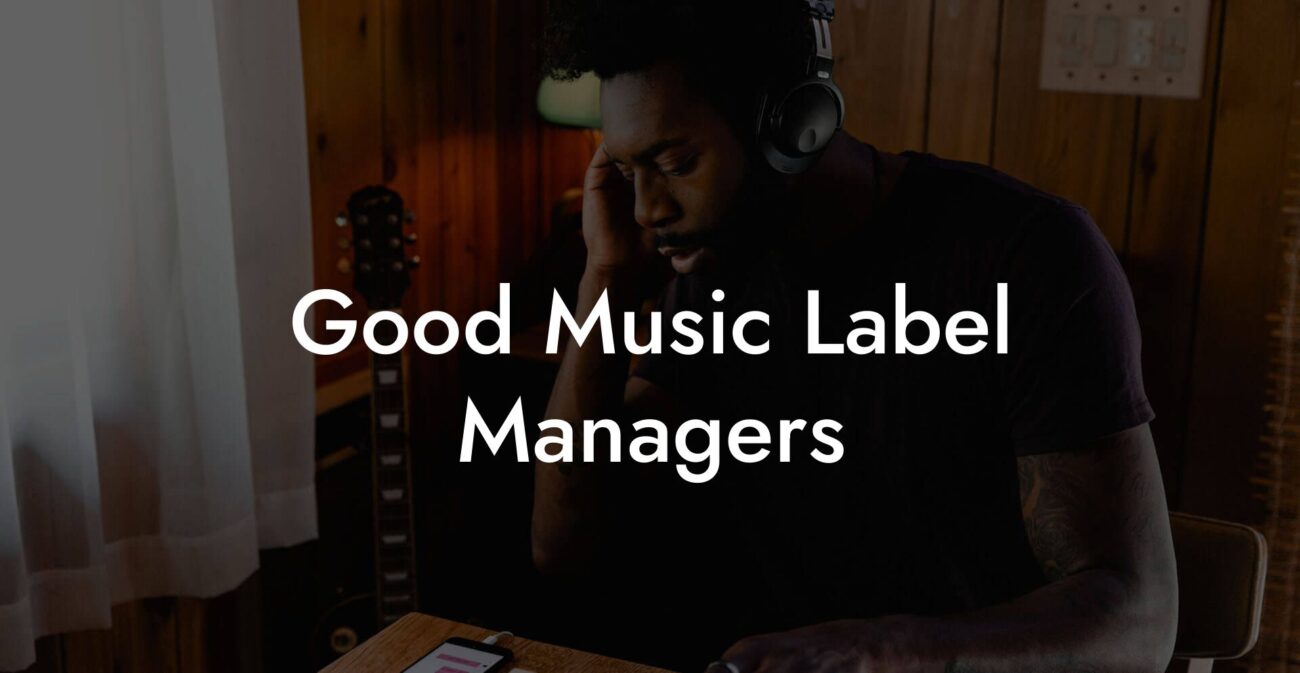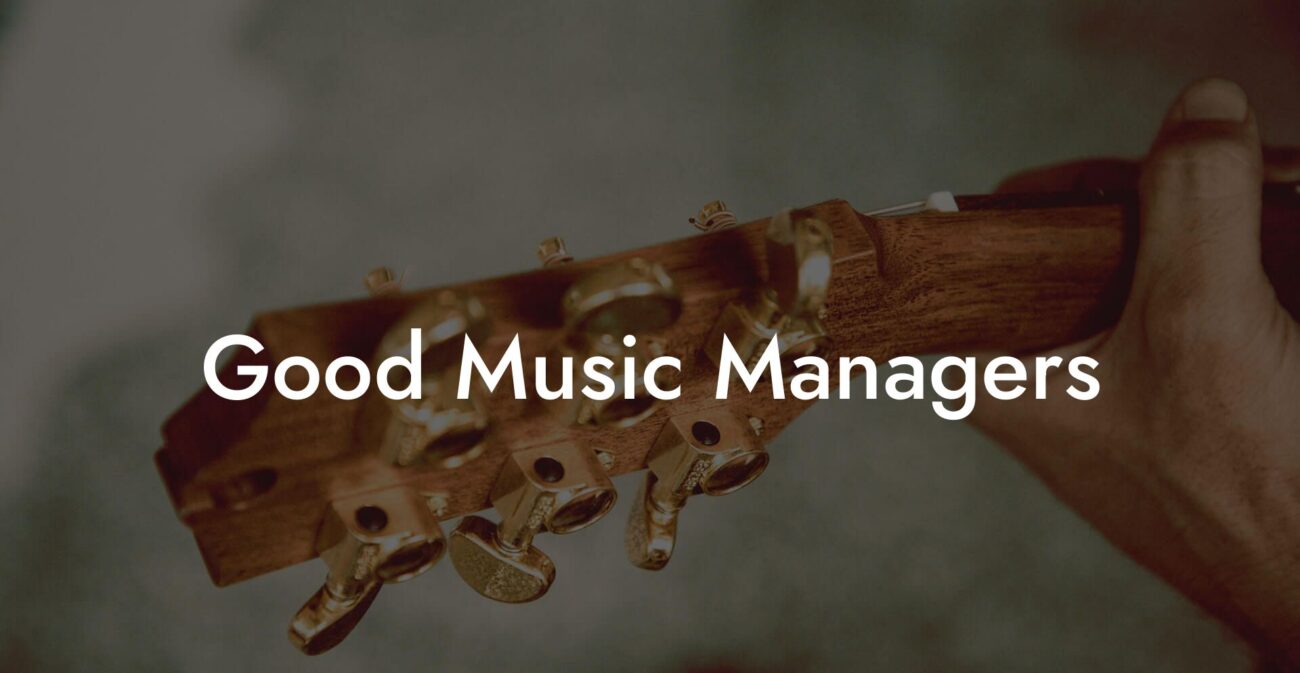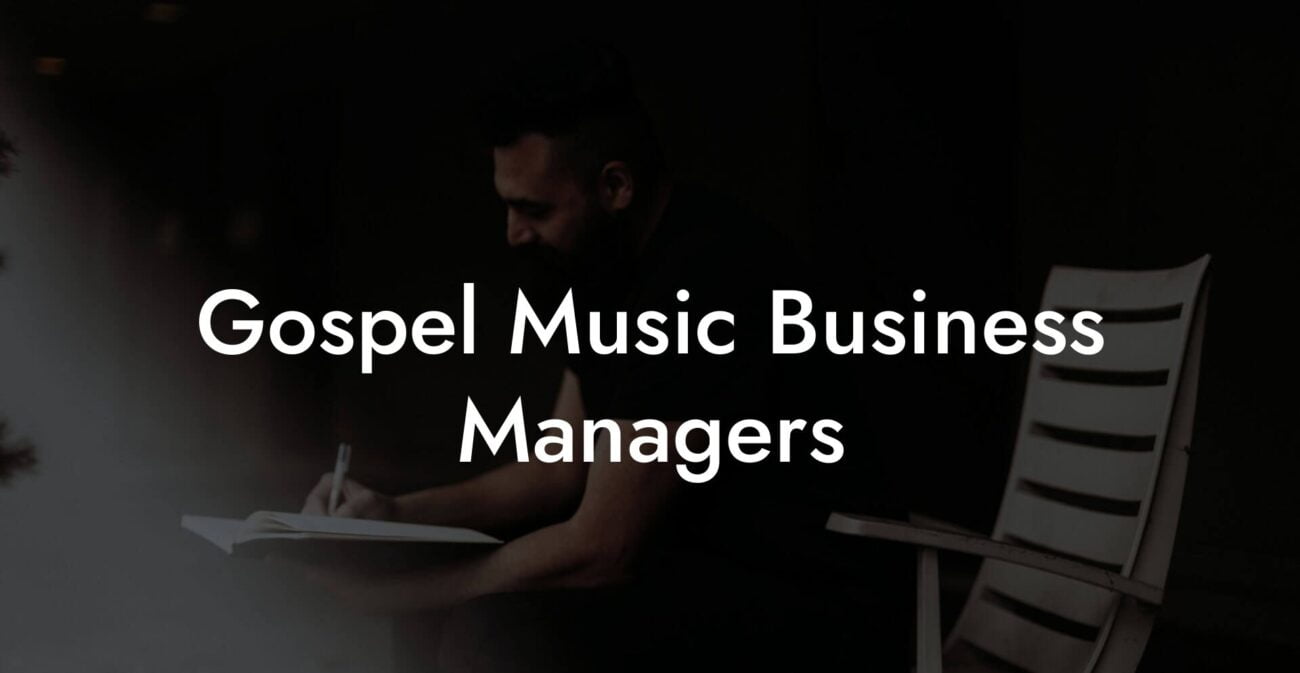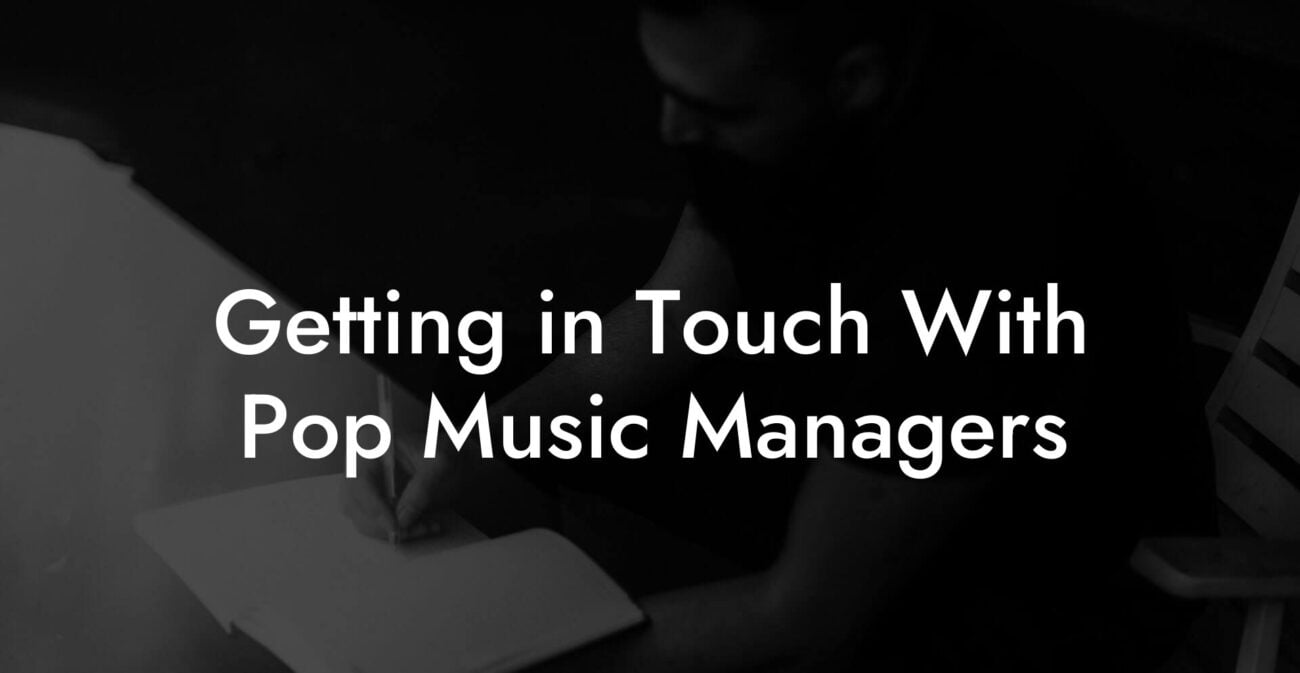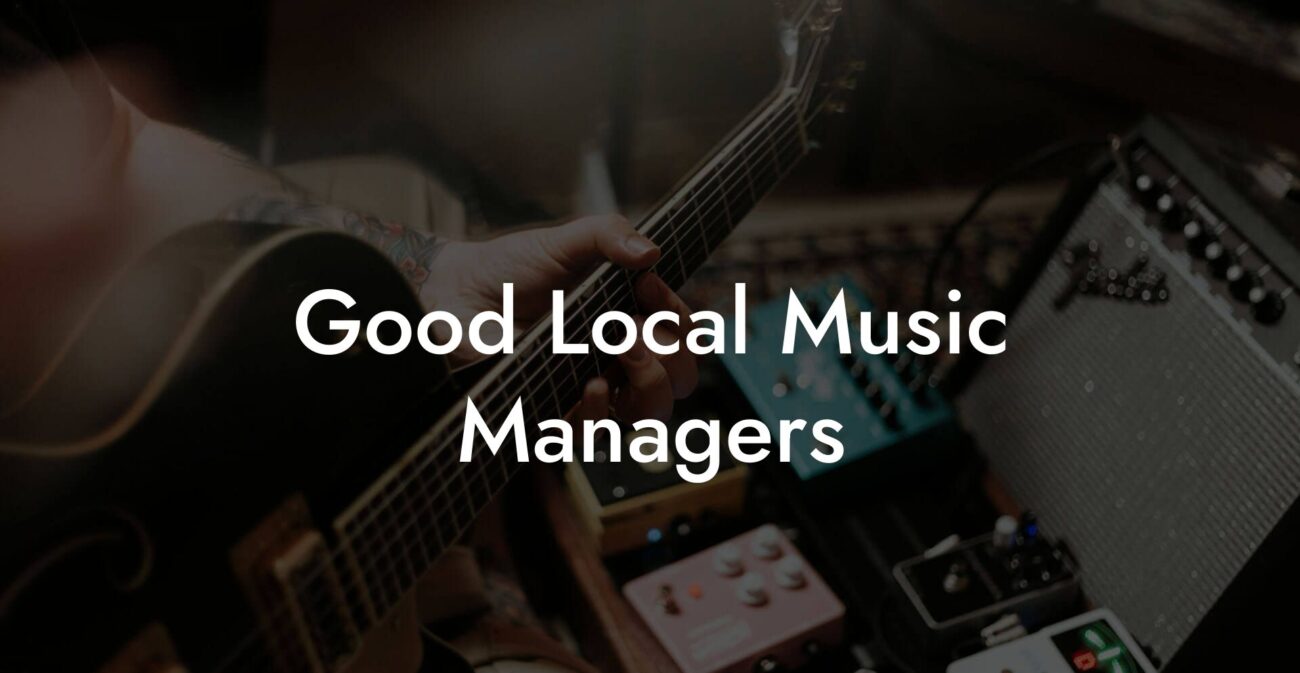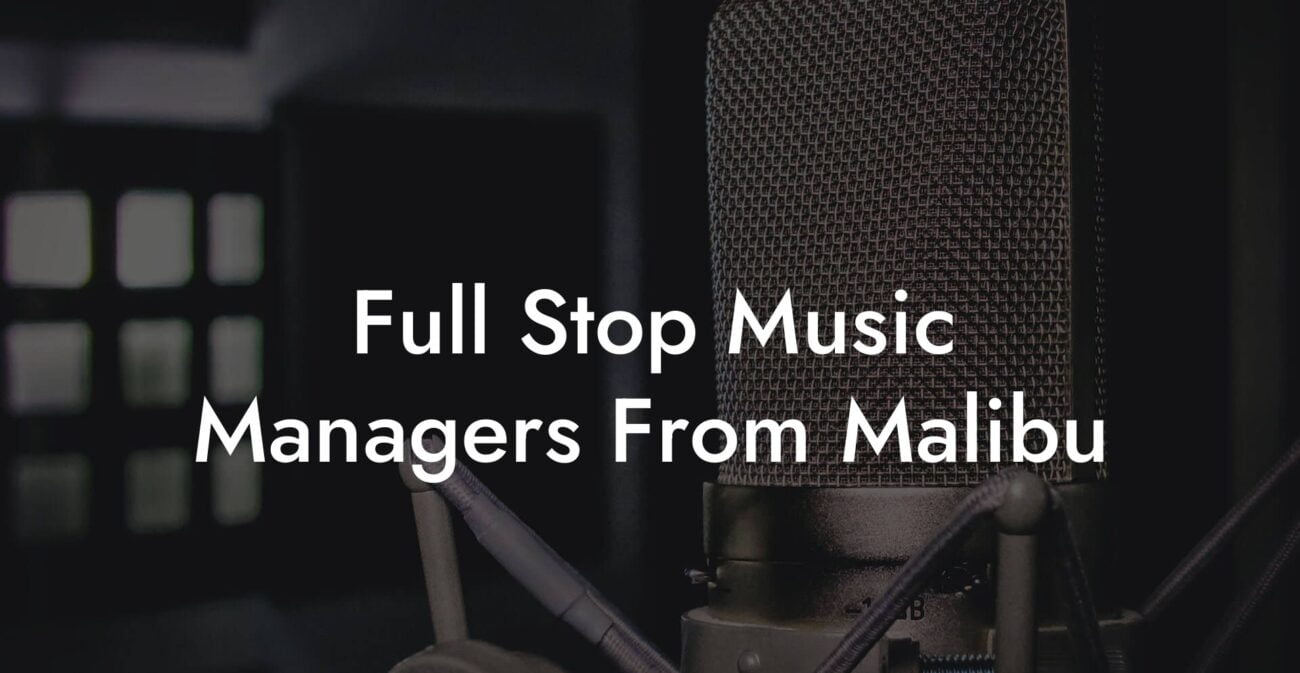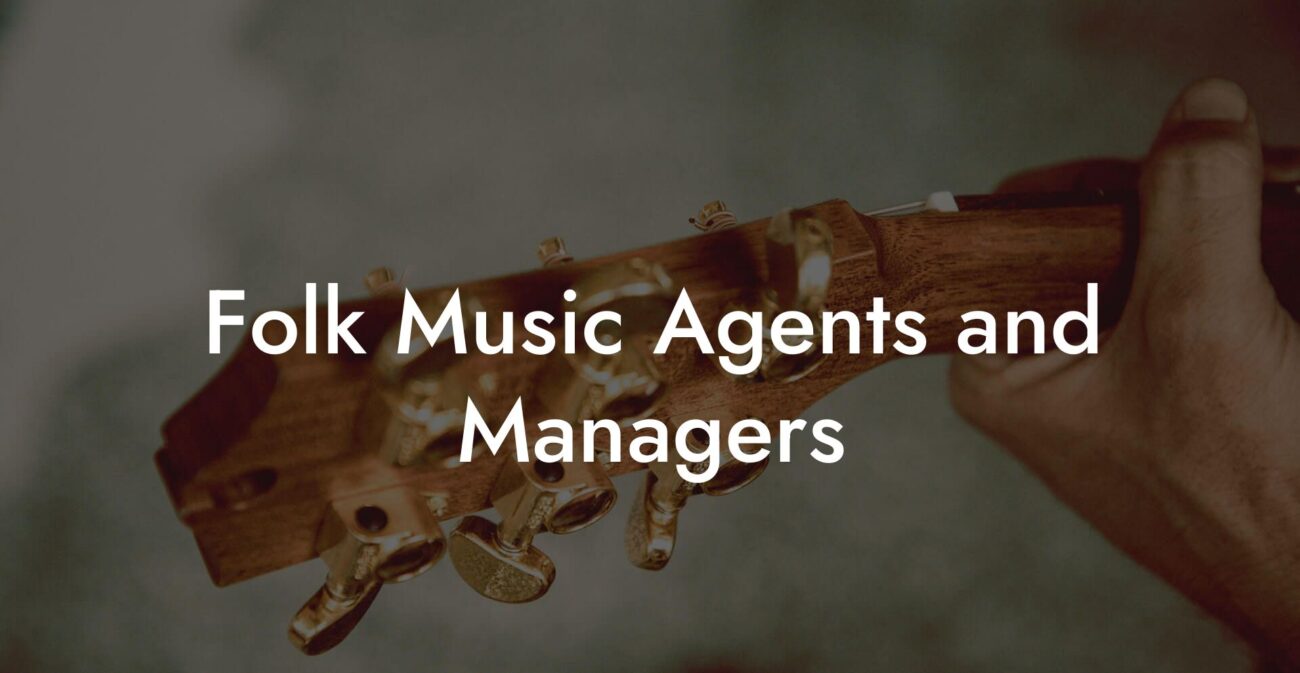Songwriting Advice
How To Make A Beat
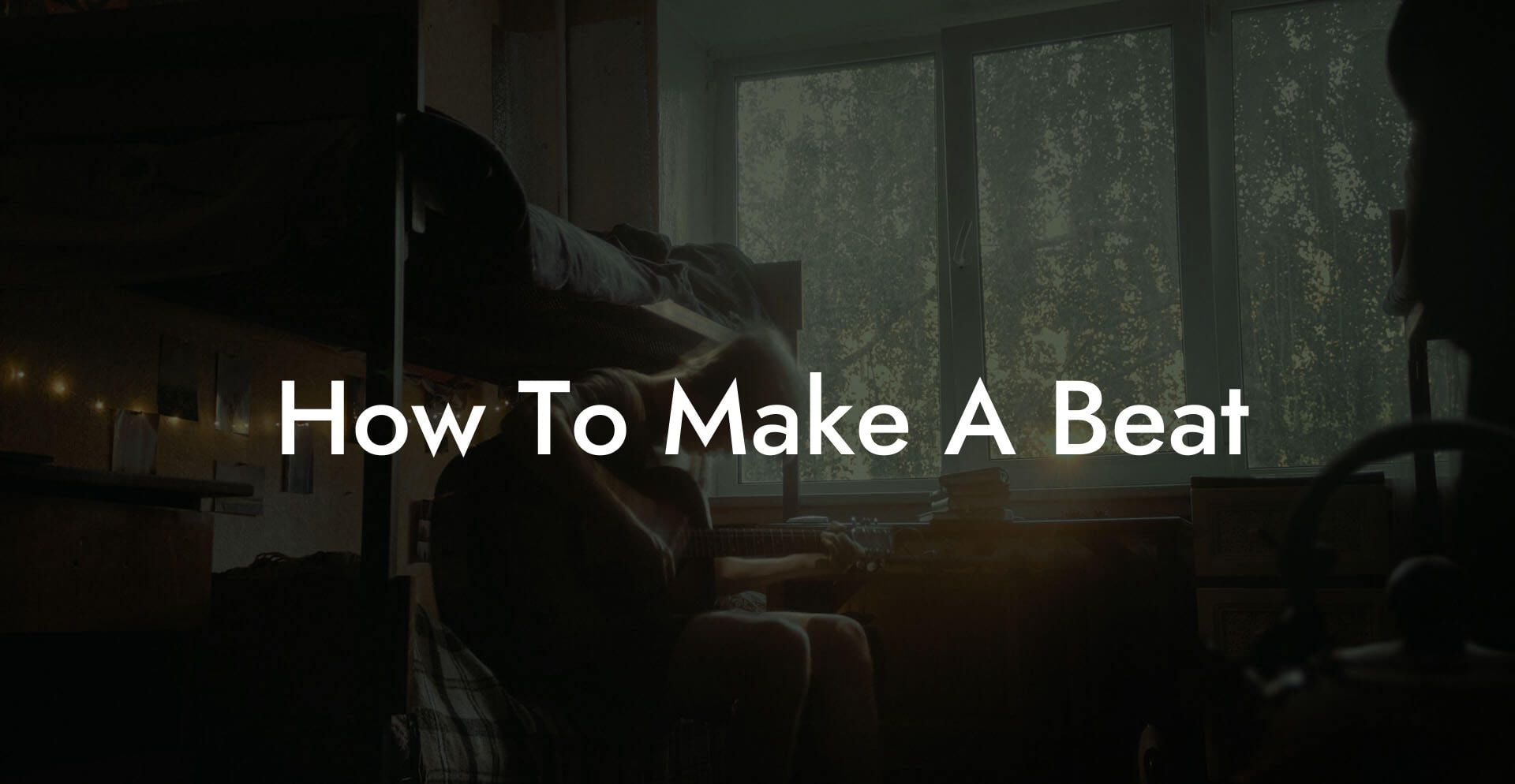
So you want to make a beat that bangs and gets people to send you voice notes that say wow. Welcome. This guide gives you the whole process from idea to export in clear steps you can use right now. No mystic producer lore. No gatekeeping. Just practical, brutal honesty, and a few jokes about coffee.
Quick Interruption: Ever wondered how huge artists end up fighting for their own songs? The answer is in the fine print. Learn the lines that protect you. Own your masters. Keep royalties. Keep playing shows without moving back in with Mom. Find out more →
Quick Interruption: Ever wondered how huge artists end up fighting for their own songs? The answer is in the fine print. Learn the lines that protect you. Own your masters. Keep royalties. Keep playing shows without moving back in with Mom. Find out more →
Quick Links to Useful Sections
- Start With the Idea Not the Gear
- Pick Your DAW and Know What the Letters Mean
- Quick DAW features to care about
- What Is VST and Why It Matters
- Set Your Tempo and Time Signature
- Drums: The Beating Heart
- Kick and Snare Placement
- Hi Hats and Groove
- Layering For Impact
- Bass: Glue The Low End
- Chords and Harmony
- Chord Voicing Tips
- Melody: The Hook
- Arrangement: Make the Beat Breathe
- Transitions and Fills
- Sound Design Basics
- Mixing Basics That Make a Beat Sound Professional
- Gain Staging
- EQ Essentials
- Compression
- Reverb and Delay
- Mastering Basics
- Exporting Stems and Delivery
- Legal Things: Samples and Clearance
- Collaboration and Selling Beats
- Quick Workflows and Templates
- Five minute beat recipe
- Common Mistakes and Easy Fixes
- Useful Terms Explained With Real Life Examples
- MIDI
- ADSR
- RMS and LUFS
- Sidechain
- Practice Plans That Actually Work
- Troubleshooting Translation To Devices
- Resources To Keep Learning
- FAQ
This is written for millennial and Gen Z creators who want beats that sound modern and punchy. We will cover choosing a DAW, picking tempo, building drum patterns, crafting bass and chords, adding melody, arranging the track, mixing basics, exporting stems, and delivering beats to artists. For every acronym we use we explain it and give a real life scenario so the concept lands. Expect jokes. Expect useful workflows. Expect results.
Start With the Idea Not the Gear
Most producers think gear makes a beat. Not true. A great beat starts with one of three small ideas.
- One rhythm that feels like a head nod. Maybe a clap pattern or a hi hat movement that will not quit.
- One bass groove you can hum. Deep and simple. Think of it like the backbone of a small dog that will steal your socks.
- One melody or sample hook that says something in two seconds. A vocal chop, a synth stab, a toy piano riff.
Real life scenario: You are at a coffee shop. Someone taps a spoon on the cup in a weird rhythm. You record it on your phone. Two hours later that spoon becomes the top melody in a beat that an indie rapper uses to quit their job. Keep your ears open. Ideas exist in weird places.
Pick Your DAW and Know What the Letters Mean
DAW stands for digital audio workstation. That is the software where you arrange sounds, record, and export. Popular options are Ableton Live, FL Studio, Logic Pro, and Cubase. They all let you do the same basic tasks. You will pick one because you like the workflow and then you will get fast at it.
Real life scenario: Think of a DAW like your kitchen. Some kitchens have a perfect gas stove for searing drum sounds. Some kitchens have an island for quick loop assembly. The meal can be the same. You just need to know where the cutting board lives.
Quick DAW features to care about
- Session view or pattern view for loop based work. This helps you jam and find grooves fast.
- Arrangement view for building full songs. Useful when you want to think like a DJ and map out sections.
- Plugin support for VST and AU. Plugins are third party instruments and effects. We explain VST next.
What Is VST and Why It Matters
VST stands for virtual studio technology. That is a plugin format for instruments and effects. Think of VSTs as the pots and pans in your kitchen that make certain sounds. Serum, Kontakt, and Omnisphere are examples. They make synths, samplers, and weird noises that sound expensive even when you only used a preset.
Real life scenario: You need a keyboard sound that feels tragic. You open a VST, pick a preset, tweak attack and release, and suddenly your sad song has a face and a messy breakup haircut.
Set Your Tempo and Time Signature
Tempo is measured in BPM. That stands for beats per minute. The BPM you choose signals the genre energy. Typical ranges are:
- Trap and modern rap: 130 to 160 BPM if you count double time, or 60 to 80 BPM if you count half time.
- House and dance: 120 to 130 BPM.
- R&B and chill: 60 to 90 BPM.
Time signature is usually 4 4. That means four beats per bar with the quarter note getting the beat. Stick with 4 4 until you know why you want odd meters. They are a special move. Use them when you want to annoy people in a cool way.
Real life scenario: If you want a slow broody rap track, set BPM to 70. Count the groove out loud. Tap your foot. If your foot nods, you are in the right lane.
Drums: The Beating Heart
Drums make people move. Start with samples or drum kits you like. Samples are pre recorded sounds such as a snare hit or a kick drum. Drum kits are collections of those samples. Producers sell kits. You can buy cheap ones or use free options. What matters is how you program them.
Kick and Snare Placement
Kicks hold weight. Place your kick on beats one and three in a basic pattern. Then vary. Trap and modern hip hop often place the kick more irregularly to create bounce. Snares most often land on beats two and four in 4 4. That gives the rhythm a backbeat that listeners expect.
Real life scenario: Imagine someone clapping along to your track. The clap on two and four helps them feel rhythm within two bars. The kick is the chest thump. Both together make the body move.
Hi Hats and Groove
Hi hats add motion. Program eighth or sixteenth note patterns for energy. Humanize them with velocity changes to avoid a robot feeling. Velocity means how hard a MIDI note is hit. In a drum pattern you can vary velocity to make some hi hats louder and others softer.
Add swing to push or pull certain notes. Swing shifts every second subdivision slightly late. It creates a lopsided groove that makes the beat breathe more like a human. Your DAW will have a swing or groove function. Use it gently. Too much swing makes things sloppy on purpose and you might be aiming for clean instead.
Layering For Impact
Layer multiple samples to make the kick and snare fuller. Use a low thump sample for sub frequency and a mid click for definition. Tune each layer so they work together. Avoid too many layers or you will muddy the mix.
Bass: Glue The Low End
Bass provides weight and melody. Decide early if you want a synth bass, a sampled bass, or a 808 style sub bass. 808 means a bass sound popularized by the Roland TR 808 drum machine. It is usually deep and sustaining.
When mixing bass, be careful to leave space for the kick. Sidechain compression helps. That is a technique where the bass volume ducks briefly whenever the kick hits. This creates clarity in the low end. Sidechain uses a compressor that listens to a trigger signal which is usually the kick.
Real life scenario: Your speaker is a cheap Bluetooth box. If the bass and kick fight each other the box will rattle and you will get bad feedback. Sidechain makes them take turns that the speaker and ears both appreciate.
Chords and Harmony
Chords give your beat an emotional shape. Use simple triads or slightly jazzy seventh chords depending on the mood. If you are new to harmony, start with four chord loops that work well in many styles. The most famous progression in popular music is a I V vi IV sequence. That reads like one, five, six, four when you name scale degrees.
If you want a moody vibe, use minor keys. For brighter vibes, use major keys. If you do not know keys, pick a chord progression you like in a VST and build around it. Chords do not need to be fancy to be effective.
Chord Voicing Tips
- Spread notes across different octaves for breathing room.
- Use pad sounds to fill space and simple piano for clarity.
- Automate filter cutoff to create movement over time. The filter cutoff controls how bright or dull a synth sounds. Sweeping it changes energy.
Melody: The Hook
Your melody is the thing people hum. It can be vocal. It can be instrumental. Keep it short and repeatable. If a two bar phrase sticks in your head you have a hook. Use motifs, which are small repeated melodic ideas, to build recall.
Vocal chops are popular. That means you take a short vocal sample and play it as if it were a synth. Chop the syllables and rearrange them. This makes interesting human sounding hooks without needing a singer.
Arrangement: Make the Beat Breathe
Arrangement is the order of parts. A good arrangement gives the listener contrast and payoff. Common arrangement template for a beat is intro, verse, chorus, verse, chorus, bridge, final chorus. But beats for rappers often keep things sparse with an intro and then looped sections that change slightly to make room for verses.
Real life scenario: Think of arrangement like a set list at a party. You want to open with energy so people pay attention. You want quieter moments so the big drop hits harder. Keep the listener guessing in predictable ways so they are comfortable but also surprised.
Transitions and Fills
- Use risers and noise sweeps to lead into a chorus
- Use drum fills or a short break to signal changes
- Silence can be a tool. A one bar drop of almost nothing before the chorus creates impact
Sound Design Basics
Sound design gives your beat personality. Tweak attack and release in envelopes. ADSR stands for attack decay sustain release. These are parameters that shape how a sound behaves over time. Attack is how quickly the sound starts. Release is how long it fades out.
Real life scenario: A piano with a long release can clash with a vocal. Shorten release for clarity. A synth pad with slow attack creates padty swells that feel dreamy. Use ADSR to control emotion.
Mixing Basics That Make a Beat Sound Professional
Mixing is balancing levels and frequencies. The goal is clarity and impact without destroying the vibe. Learn these principles.
Gain Staging
Set input levels so channels are not clipping. Clipping is digital distortion that happens when a signal is too loud. Keep your master peak below 0 dB to avoid clipping. Many pros aim for some headroom on the master track to leave space for mastering. Headroom means the margin between your loudest peak and the maximum digital limit.
EQ Essentials
EQ stands for equalizer. It sculpts frequency content. Use a high pass filter to remove unnecessary low rumble from non bass instruments. Cut muddy frequencies around 200 to 400 Hz when things feel cloudy. Boost presence in vocals around 2 to 5 kHz to help them cut through.
Real life scenario: Your melody sounds great on studio monitors but disappears on phone speakers. A quick presence boost in the right band helps it pop on small devices.
Compression
Compression reduces dynamic range. It makes quiet parts louder and loud parts quieter. Use gentle compression on the master bus for glue. Use faster attack and release on drums for punch. Use sidechain compression as mentioned earlier to duck bass under kick.
Reverb and Delay
Reverb creates space. Delay repeats a sound in time. Use short small room reverbs on drums for tightness. Use longer plate or hall reverbs on pads for atmosphere. Delay can create rhythmic interest. Use tempo synced delay to keep echoes in time with your BPM.
Mastering Basics
Mastering is the final polish. If you are starting out you can use a simple limiter and EQ to raise perceived loudness. Limiter prevents peaks from exceeding a ceiling so the track can be louder without clipping. Many platforms like Spotify use loudness normalization. That means the platform adjusts playback volume to a standard. Aim for clarity and balance rather than chasing maximum loudness.
Real life scenario: If your beat sounds thin after uploading, different streaming codecs can expose problems. Do test uploads to see how it translates and then adjust your master accordingly.
Exporting Stems and Delivery
Stems are single instrument or grouped tracks exported separately. Artists request stems so they can remix or record on top. Common stems are drums, bass, keys, vocals, and effects. Export at 44 1 kHz or 48 kHz depending on the project. Export in WAV format for quality. Deliver a project file only when an agreement is clear because project files include your plugins and presets.
Real life scenario: A rapper wants to record for the beat in another studio. You send stems so their engineer can control levels without needing your DAW plugins. This saves time and avoids version hell.
Legal Things: Samples and Clearance
If you use a sample from a copyrighted song you need clearance. Clearance means getting permission from the original owner and often paying. Use royalty free sample packs or clear samples before you distribute commercially. If you use small vocal chops from obscure records you might think you will not get caught. That is a gamble that can cost a lot of money later.
Real life scenario: A beat you sold gets placed in a commercial. Someone notices an uncleared sample. You get a cease and desist and a bill. Do the paperwork early unless you like legal drama and late night invoices.
Collaboration and Selling Beats
When you sell beats to artists clarify the license. A lease allows multiple artists to use the beat under limits. A buyout transfers exclusive rights. Use contracts. They do not have to be long. They have to be clear.
Real life scenario: You sold a beat for a few hundred dollars as a lease. Later an artist wants exclusivity. You can offer an upgrade for more money. Keep records of who bought what and when. It helps avoid awkward messages at 2 a m.
Quick Workflows and Templates
Create templates in your DAW to speed up sessions. Templates can include a drum rack, a sub bass channel with a preset sidechain compressor, a bus for drums, and common effects chains. When inspiration hits you can load a template and go. Templates are the cheat codes for finishing more beats.
Five minute beat recipe
- Load a drum kit and set BPM to 70.
- Create a one bar drum loop with a kick on one and hi hats in sixteenth notes with slight velocity variation.
- Add a simple 808 sub bass that follows the root note of the chord you will use.
- Choose a pad or sample and play a two bar chord loop.
- Add a two bar melody over the top and arrange a loop for 32 bars. You have a beat.
Common Mistakes and Easy Fixes
- Too many sounds. Fix by soloing channels and asking if each sound earns its place.
- Low end mud. Fix by high passing non bass instruments and checking phase between kick and bass.
- Clicks and pops. Fix by trimming clip boundaries and using small fades.
- Overuse of presets. Fix by editing presets to make them your own. Change envelope settings and filter cutoff.
Useful Terms Explained With Real Life Examples
MIDI
MIDI stands for musical instrument digital interface. It is not audio. It is data that tells instruments what notes to play. Real life scenario: MIDI is like sheet music for a synth. You change the notes and the sound stays the same until you change the instrument.
ADSR
ADSR stands for attack decay sustain release. It shapes how a sound behaves over time. Real life scenario: A plucky synth has fast attack and short release like a snappy handshake. A pad has slow attack and long release like a lazy hug.
RMS and LUFS
RMS stands for root mean square. It is a measure of average loudness. LUFS stands for loudness units relative to full scale and is used for streaming loudness standards. Real life scenario: RMS tells you how loud a track feels on average. LUFS tells you how streaming platforms will adjust your song. Both matter when you master.
Sidechain
Sidechain is a technique that ducks one sound when another plays. Real life scenario: Sidechain makes the bass move out of the kick's way like two people politely stepping aside on a crowded sidewalk.
Practice Plans That Actually Work
Get better by finishing beats. Ten unfinished projects do nothing. Three finished beats in a month with feedback will change your skill curve.
- Week one. Make one beat a week using templates. Focus on drums and arrangement.
- Week two. Make three two minute beats in a weekend as an exercise in speed. Use a random sample and force rules like only two instruments.
- Week three. Take a beat you like and do a mix pass. Export stems and see how it sounds on phone speakers.
Troubleshooting Translation To Devices
Always test on cheap earbuds, phone speakers, and a car. If the sub is missing on phone speakers that is normal. Make sure your melody and vocals translate on small speakers. If something disappears you might need to boost mids or double the melody with a contrasting timbre.
Resources To Keep Learning
- Watch tutorials that show DAW workflows not influencer flexes
- Join producer communities where people trade feedback not clout
- Analyze beats on streaming platforms. Load them into your DAW and map arrangement and drums
FAQ
How long does it take to make a beat
That depends on your goal. A rough loop can take five to fifteen minutes. A finished beat ready for release with mix and master can take several hours to a few days. The faster you learn to make decisions the faster you finish. Set limits on revisions. Perfection is addictive and unprofitable.
Can I make beats on my phone
Yes. Many apps let you make high quality beats on phones and tablets. They are great for starting ideas. For final mixing and exporting stems you will want a DAW on a computer. Phone apps are perfect for that coffee shop spoon rhythm you recorded earlier.
Do I need expensive plugins to sound good
No. Good taste and smart mixing matter more than expensive plugins. Many DAWs include solid instruments and effects. Learn how to use what you have. When you do buy a plugin, buy one that fills a clear need and learn it deeply.
How do I make my kicks hit harder
Layer a sub thump under a mid click. Tune kick layers to the key of the track. Use subtle compression on the kick bus and consider parallel compression which blends a compressed version of the kick with the original for punch without losing dynamics.
What is the best way to sell beats online
Use beat marketplaces and your own website. Have clear license options and instant delivery of WAV stems after purchase. Promote with short clips that showcase the hook. Build relationships with artists by offering custom revisions and clear contracts.
Should I use samples from songs I love
You can for practice and private projects but do not release commercially without clearance. Use royalty free packs or recreate the vibe with your own sound design for public releases.
How do I get artists to use my beats
Network. Send short, tailored messages with a private stream link and a price list. Collaboration is easier when you show how your beat fits their voice. Offer free leases to emerging artists to build credits. Credits lead to placements which lead to paid work.

